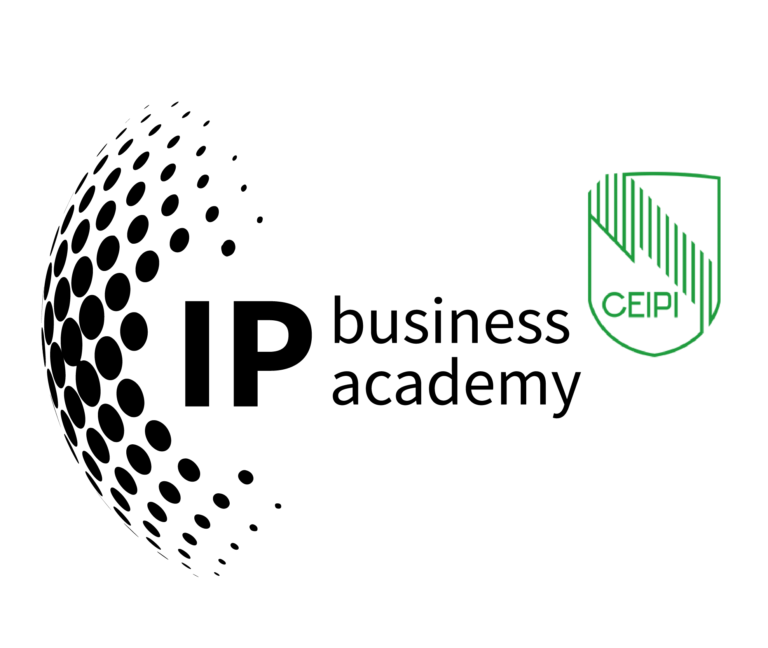Practical steps to present your expertise: choosing your formats and finding your rhythm
After a short summer break, it feels good to be back with this column.
In #6, we focused on mindset and message, the inner foundation of your personal brand. Today, in #7, we move into execution and consistency: how to actually bring your expertise to life through formats, rhythms, and sources of ideas. For readers who’ve followed along through Columns 1–6, this is the toolkit stage, where what you’ve reflected on so far can start to take visible form.
Many IP experts I work with already have a strong professional profile, but they struggle with the “how” of visibility. Should I write short posts or longer articles? Do I need to be on video? How often should I publish? Where do the ideas come from? Without answers to these questions, even the clearest message often remains stuck in draft mode.
Choosing the right format for you
The first decision is: in what format do you want to show up?
- Posts are short, direct, and low-threshold. They allow you to share quick insights, reactions to industry news, or reflections from your daily work.
- Articles are better when you want to go deeper, explain complex concepts, or demonstrate thought leadership in a structured way.
- Videos or webinars make your expertise more personal and relatable, they allow people to “meet” you, not just your words.
There is no universal right answer. The best format is the one that fits your personality, your communication style, and the way your audience prefers to consume information.
Finding your rhythm
The second question is frequency. Many start with ambitious plans – “I’ll post three times a week” – and then stop after a few weeks. Consistency matters more than intensity.
- If once a week feels realistic: great.
- If once a month is sustainable: also fine, as long as it’s regular.
Think of your presence like building trust: people don’t expect you to always be loud, but they do expect you to be reliable.
Where ideas come from
One of the biggest misconceptions is that you have to invent “new” content all the time. In reality, your daily work is full of potential material:
- Questions clients keep asking you
- Recent cases or regulatory changes (explained simply)
- Patterns you notice across projects
- Lessons learned from setbacks or successes
Listen carefully. Your environment is already giving you prompts. Document them, collect them, and turn them into content.
A short example
One IP attorney I advised began with a single LinkedIn post per month. She shared a simple insight she had noticed repeatedly in client discussions. Within a few months, decision-makers and peers started reaching out directly to her. Her visibility grew naturally, not because she overhauled her schedule or created “perfect” content, but because she showed up consistently in a way that reflected her personality and expertise.
Final Thought
Showing up consistently isn’t about perfection or always having a groundbreaking insight. It’s about letting your expertise be seen, piece by piece, in ways that feel natural to you. Small, steady steps create the recognition and trust that truly matter, and they compound over time.
Until then, a question to reflect on:
What format best suits your personality and values, and what rhythm feels most realistic for you right now, and how can you make sure you keep showing up, even when things get busy?
About the columnist
 Giulia Donato
Giulia Donato
Branding & Communication Advisor | Executive Coach | Lecturer
people & brand strategies
www.donatostrategies.com



